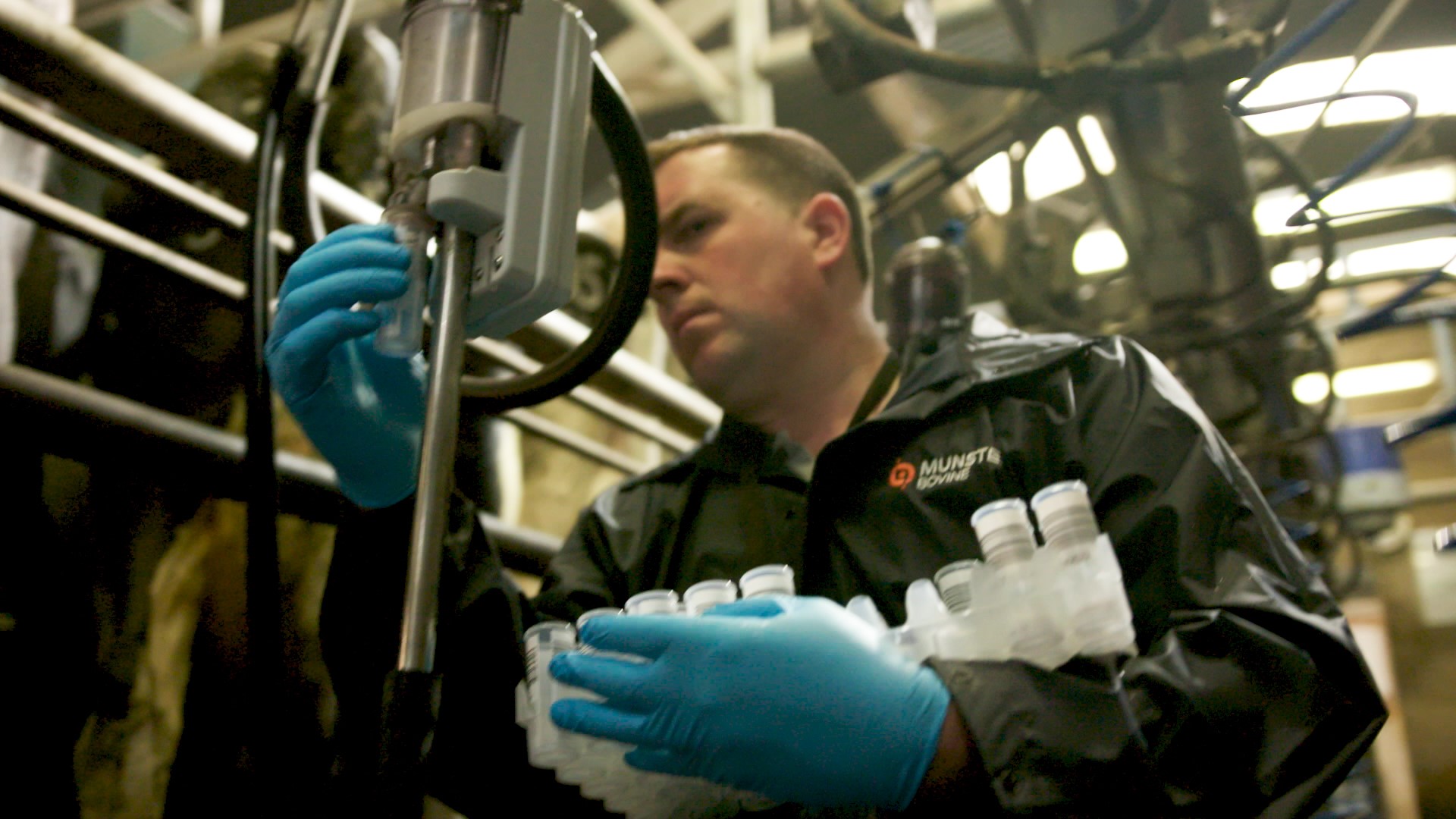The Evolution of Milk Recording in Spring-Calving Herds
Thirty years ago, milk recording was abandoned by many spring-calving herds as a cost-cutting measure. At the time, the focus was on breeding replacements by selecting only the most fertile cows at the front of the block to create a 12-week calving spread. This approach simplified breeding strategies but left little room for considering other important factors such as productivity.
However, over the years, as herds have maintained their compact calving patterns, there has been a significant shift. According to Piers Badnell, a farm consultant with LIC, 50-75 percent of the spring-calving herds he works with are now back to milk recording. This change is driven by several factors, including new demands from milk buyers and the availability of more flexible services tailored to grazing systems.
Why Milk Recording Is Making a Comeback
Milk buyers are increasingly requiring tests for Johne’s disease control and cell count data to ensure the selective use of antibiotics during the drying-off period. These requirements have encouraged farmers to revisit milk recording as a valuable tool. Additionally, the introduction of more adaptable services has made it easier for grazing herds to integrate milk recording into their operations.
Beyond compliance, milk recording has become a source of useful data that helps farmers make informed decisions. Analysis of milk records can identify the best-performing animals in the herd, which is crucial for breeding the next generation of heifers. This has led to a shift in focus, where both fertility and productivity are now considered equally important.
Grass-Based Systems and Productivity
In grass-based systems, productivity plays a key role because the amount of grass that can be grown is often the limiting factor. This determines stocking rates and restricts herd size unless grass yield improves or more expensive purchased feed is introduced.
Piers explains that in such systems, it is essential to select the most productive and efficient cows for breeding. This is because buying additional feed is not always profitable. He emphasizes that cows must also be weighed to calculate production efficiency, which is expressed in kilograms of milk solids (MS) as a percentage of mature cow weight.
Efficiency is calculated individually for each cow, reflecting how much feed is converted into MS yield. The most efficient animal produces MS at a 1:1 ratio relative to its mature bodyweight. For example, a cow giving 313kg of MS and calving on day one of the block may have excellent fertility but might not be the most efficient in terms of size.
Piers also points out that milk records can reveal that appearances can be deceiving. A herd that seems uniform may actually contain cows with varying body depth and frame strength. One example involved a herd with an average mature liveweight of 543kg, but individual cows ranged from 417kg to 736kg. This highlights the importance of understanding that averages can mask significant variations.
The Role of Sexed Semen in Breeding Strategies
As with any biological trait—such as height, weight, or yield—results typically form a bell-shaped curve. This means that a range of values is natural for every dairy herd. Over time, through selective breeding, it is possible to shift the entire curve to the right by eliminating the lower-performing cows.
Sexed semen is playing a critical role in this process. It allows farmers to breed the most efficient cows within the first three weeks of calving, ensuring that heifers are as close in age as possible. Equally fertile but lower-yielding cows can be bred with beef sires, which reduces the number of animals that need to be served.
This selective approach enables farmers to be more precise in their breeding decisions. Piers notes that herds culling due to diseases like TB or Johne’s control may slow down production and genetic progress. Therefore, it becomes even more important to serve the right cows when the pool of available animals is smaller.







